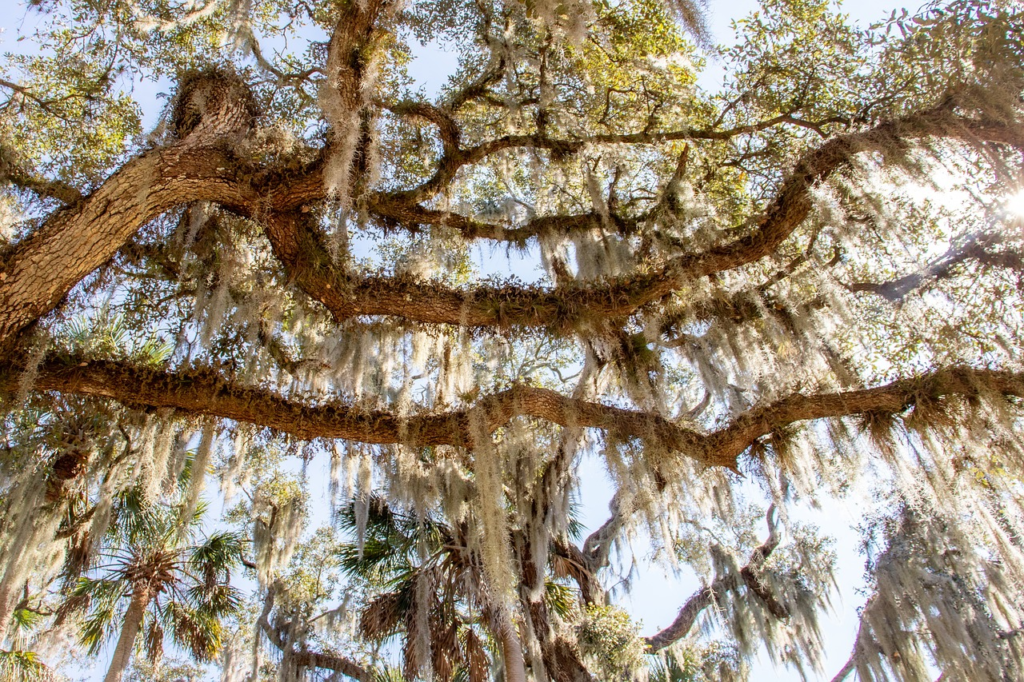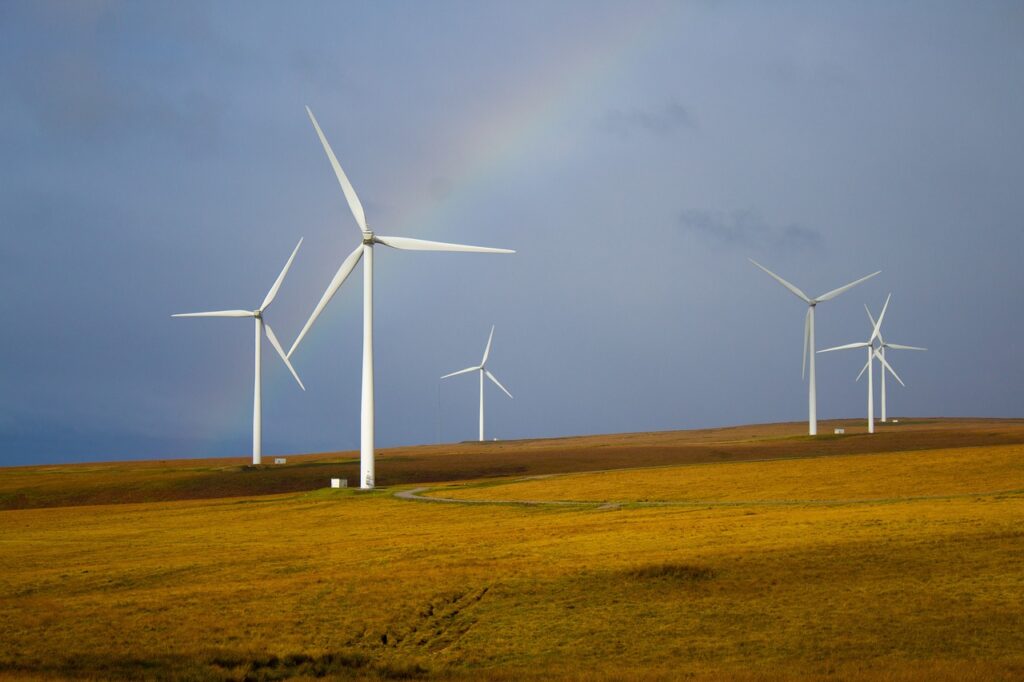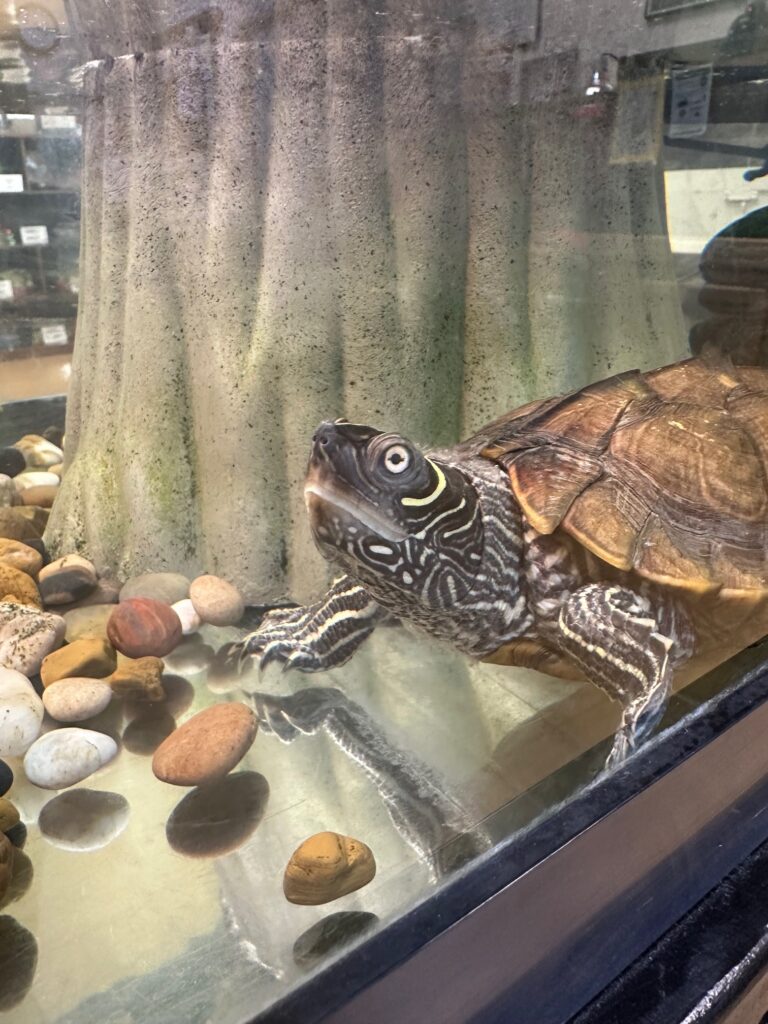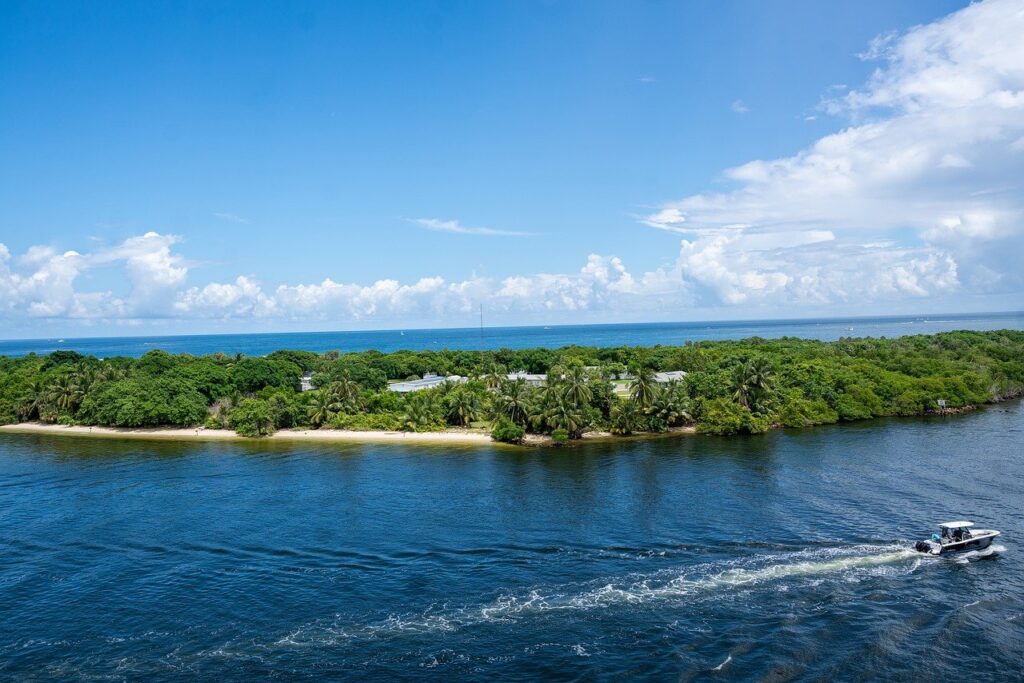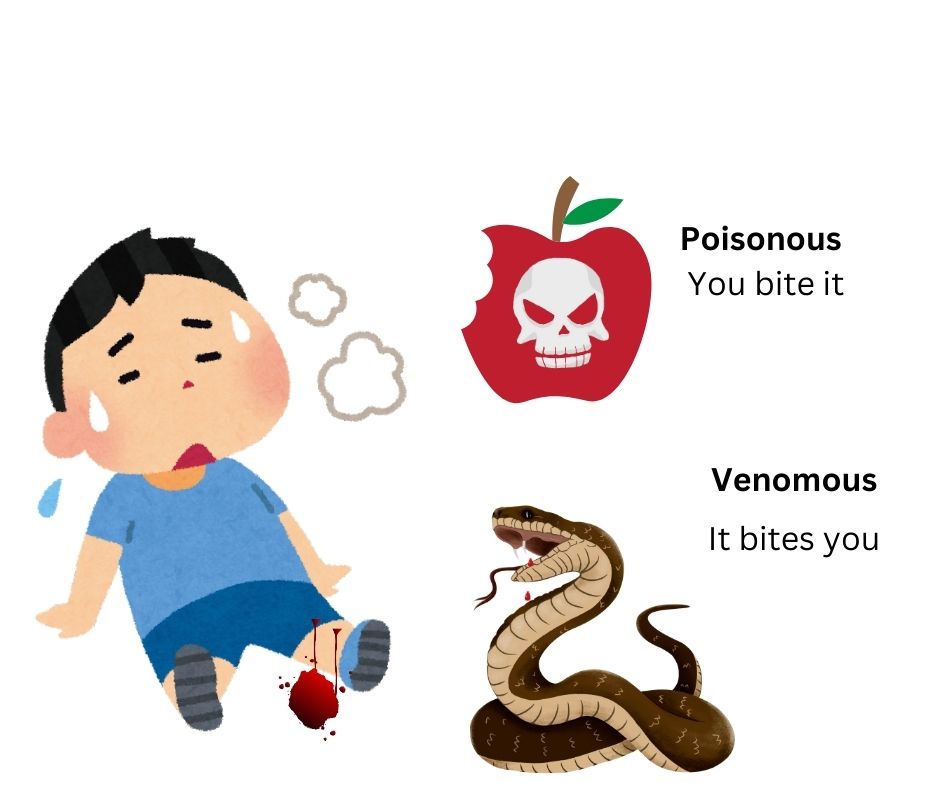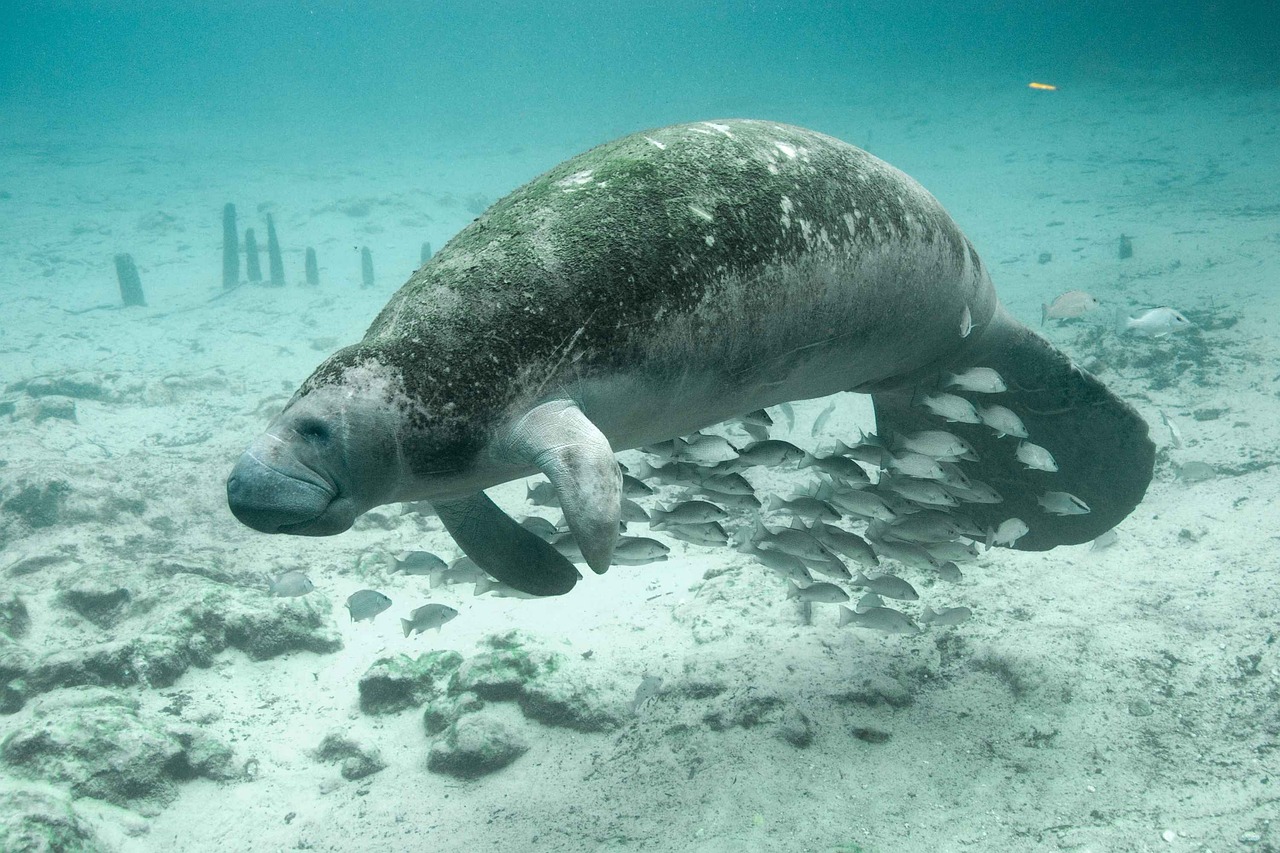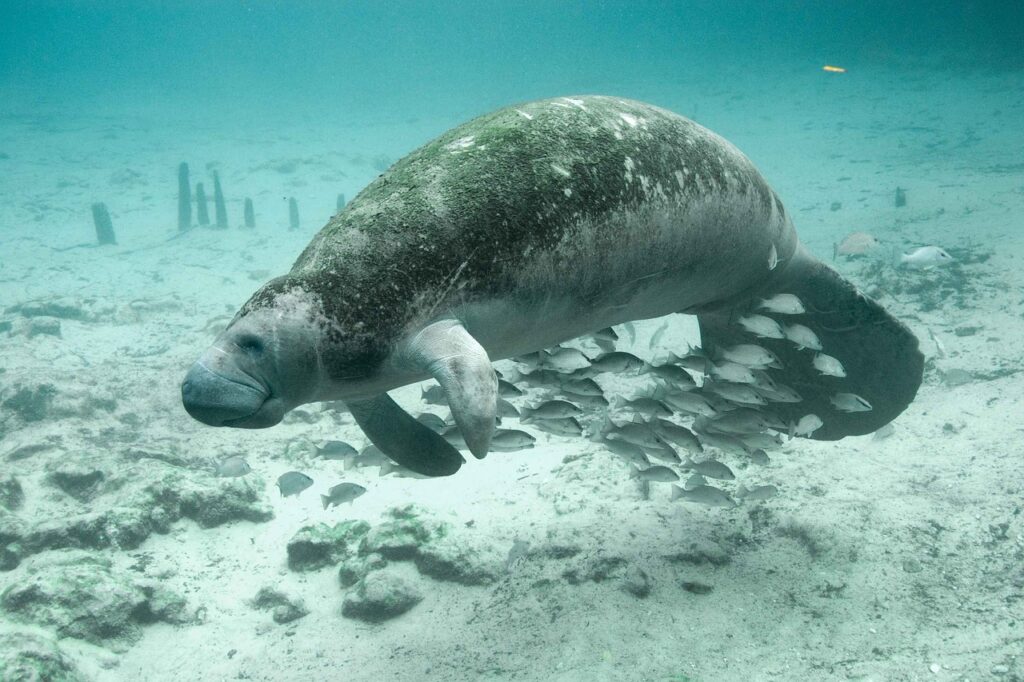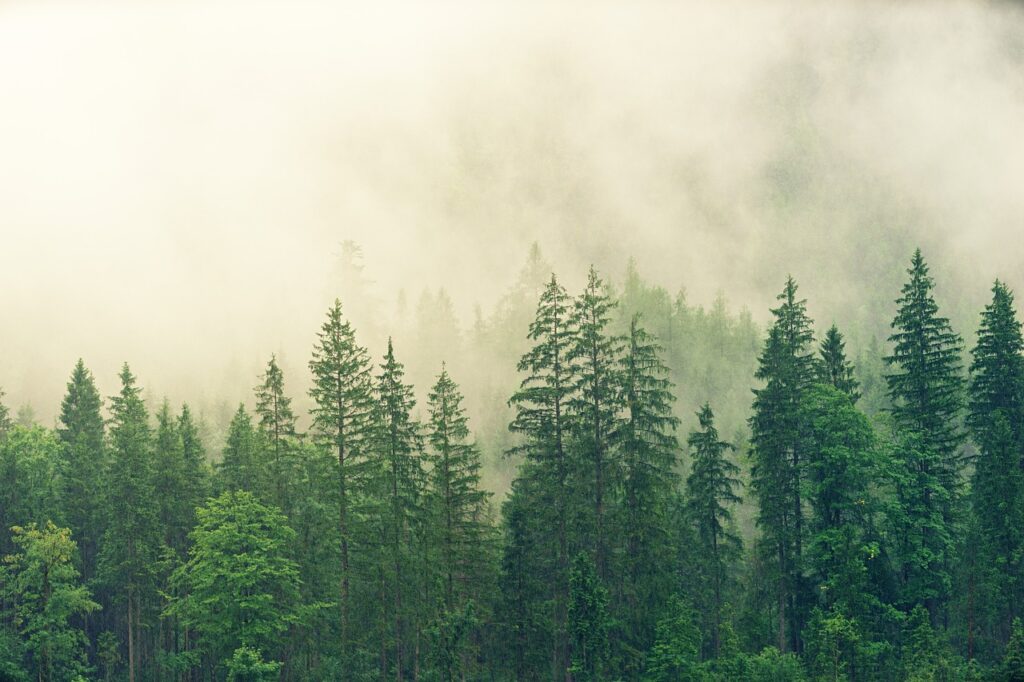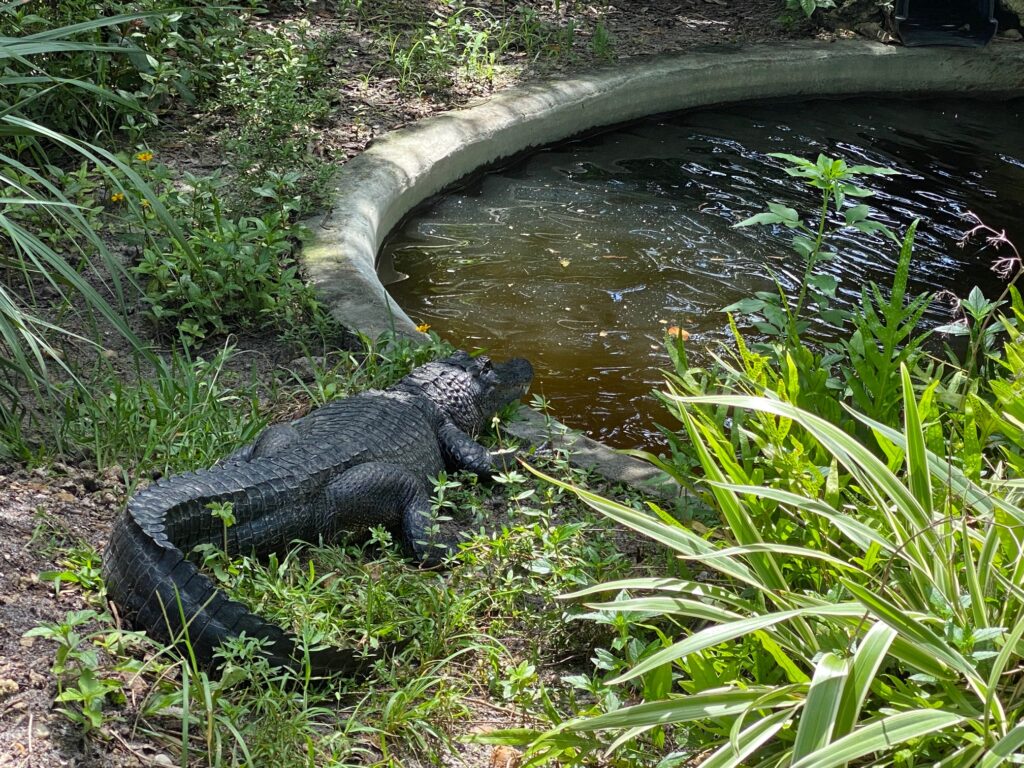
American alligators are very well known around the country; however, they are highly recognized here in Florida because they are the state reptile. There are a few unique characteristics about the American alligator. Here in the Everglades ecosystem, they can be seen basking in the sun or in action as they move through the water. Sometimes, they are camouflaged so well, they may not even be seen in their environment. American alligators are also known for their characteristic gray/black color. This helps them hide in plain sight below the surface of the water so they can sneak up on their prey. This action is very similar to what larger predators like lions and tigers do when hunting. This process of waiting and watching to sneak up on prey is what characterizes these animals as ambush predators. Ambush predators are more efficient hunters than others as they are often waiting and expending less energy than other animals.
While alligators are well recognized animals, their importance to the Everglades ecosystem is not as well known. American alligators are a keystone species here in the Everglades. A keystone species is defined as an animal species that plays such a vital role in the ecosystem that, if removed, it would entirely change the ecosystem. Other examples of keystone species here in the U.S. include the gray wolf, beaver, bison, and the gopher tortoise. The American alligator was discovered to be a keystone species when Florida scientists noticed a change in the ecosystem after some drastic decreases in Florida’s American alligator populations during the 1960’s. With more research, it was discovered that the alligators provide something commonly known as “gator holes” in their ecosystem. During the dry season, the alligators dig holes in the ground that are often several feet deep. In the wet season, as there tends to be a lot of rain, these holes fill up with water. These new water holes serve as habitats for many other organisms, besides the American alligator. Animals like fish, birds, turtles, and even small insects utilize gator holes during the dry season when the water levels are lower. These “gator holes” classify the American alligator as a keystone species.
Due to this discovery, scientists and conservationists have been working to improve alligator populations all over Florida. The species was placed on the endangered species list in 1967 which allowed for access to federal funding and resources to help protect this species. The populations have since made a recovery and have been listed as “least concern”. Although this is a positive thing for the American alligator, there are still problems that threaten the survival of this species today. Hazards like wetland drainage and urban development have led to habitat loss for the alligators. Invasive species like the Tegu lizard and Burmese python have also caused harm to the species. Currently, lots of work is being done to remove threats like these and protect the habitats for these essential native Florida species. Maintenance of wetland habitats in the Everglades and protection of private and public lands in south Florida are just some of the ways this species is being protected.
